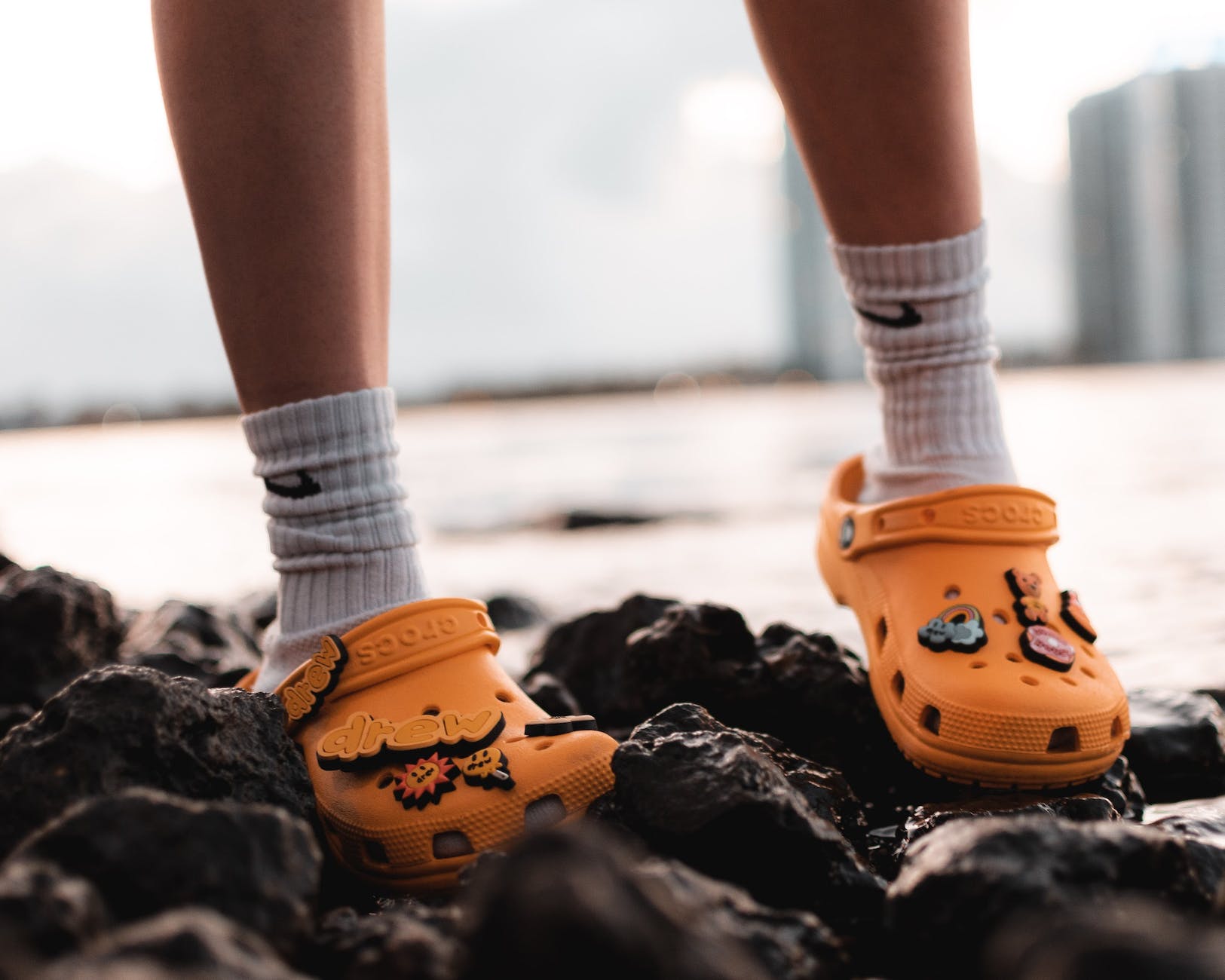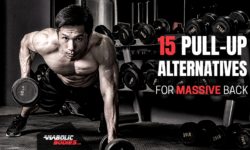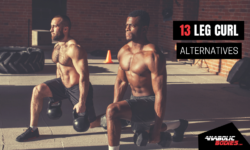I have to tell you, Crocs are all the rage these days. People are rocking them everywhere from running errands to going the distance on a long walk . But hey, what about hitting the gym? That’s a whole different story. Let’s get into it: Can You Wear Crocs to the Gym?
Now, don’t get me wrong. I gotta admit that Crocs are comfy as can be and oh-so-lightweight. But there’s a catch – their ankle support and cushioning game is pretty weak when it comes to intense workouts or activities that involve a ton of movement. And here’s another thing: their unique design and material might not give you enough stability and traction for pumping iron or tearing up that treadmill .
But hold on tight, because we’re going to dig deep into various aspects of wearing Crocs in the gym. We’ll talk about whether they cut it for lifting weights or if you can actually bust out a run in ’em. Plus, we’ll check out some other footwear options that bring better support and protection for those feet while you’re working up a sweat. So let’s jump right in!
Are Crocs Okay for Lifting?
When it comes to lifting weights at the gym, having the right footwear is crucial for stability and injury prevention. So, are Crocs okay for lifting? Well, let’s take a closer look.
Lack of ankle support: One limitation of Crocs is their lack of ankle support. Lifting weights requires proper ankle stability to maintain balance and avoid injury. While some people may find Crocs comfortable for casual walking or short distances, they may not provide enough support for intense workout sessions.
Distribute weight: Another factor to consider is how Crocs distribute weight. Crocs are lightweight and comfortable but might not be suitable for activities such as lifting heavy weights. They lack the midfoot support that most fitness trainers provide.
Risk of injury: Lifting weights puts you at a higher risk of injury if you don’t have proper foot support. Crocs may not offer adequate cushioning and protection to prevent foot pain or blisters during weightlifting movements.
In conclusion, while Crocs may be a great option for everyday activities or casual wear, they may not be ideal for lifting weights at the gym. It’s important to choose footwear specifically designed for exercise that provides good ankle support, stability, and cushioning. Listen to your body and make sure you’re wearing shoes that ensure your safety and comfort during your workout routine.
Can You Run in Crocs?
When it comes to choosing the right footwear for running, crocs may not be your best option. While they are comfortable and lightweight, they lack the necessary support and cushioning required for a high-impact activity such as running. The main problem with crocs is their lack of ankle support and traction. The slip-on design and plastic material make them prone to slips and accidents on slippery surfaces.
Running requires adequate midfoot support to distribute weight evenly and protect against injury. Unfortunately, crocs do not provide this level of stability. They are more suitable for casual walking or running errands rather than vigorous exercise.
In addition, the unique sole of crocs, made from a material called croslite, may not provide enough friction needed for safe running. This increases the risk of slipping and can lead to injuries such as sprained ankles or muscle strains.
If you’re looking for suitable workout sneakers or running shoes, it’s best to explore other options like athletic sneakers or fitness trainers specifically designed for running. These shoes offer better stability, cushioning, and heel support – essential features for a safe and enjoyable run.
In conclusion, while crocs may be comfortable for everyday activities, they are not an ideal choice for running due to their lack of ankle support, inadequate midfoot stability, and reduced traction. To prevent potential injuries during your runs, it’s important to choose appropriate athletic footwear that provides the necessary protection and comfort you need on the road or treadmill.
What Should You Wear Instead of Crocs?
When it comes to selecting the perfect pair of kicks for your workout, you’re spoilt for choice with a variety of options that outshine Crocs. Though Crocs may suffice for everyday activities or leisurely strolls, they may not be the best bet for vigorous workouts or sessions at the gym. So what alternatives should you consider?
- Athletic Sneakers: These versatile athletic shoes are tailor-made to offer unparalleled support, cushioning, and traction while engaging in various activities like running, weightlifting, or cardio exercises.
- Functional Fitness Trainers: Crafted specifically for functional training exercises such as squats, burpees, and agility drills, these shoes provide exemplary stability and grip to minimize injury risks.
- Running Shoes: If you plan on incorporating running into your fitness routine, investing in top-notch running shoes is paramount. These gems ensure optimal shock absorption and midfoot support to mitigate the likelihood of injuries during repetitive movements.
- Weightlifting Shoes: For dedicated weightlifters, weightlifting shoes with an elevated heel can work wonders by bolstering stability and promoting proper form during exercises like squats and deadlifts.
- Cross-training Shoes: Engineered to cater to extensive activities including cross-training sessions, HIIT workouts, and aerobics classes; these shoes strike a delicate balance between flexibility and support for multi-directional movements.
Remember that selecting the right sports footwear hinges upon both the type of exercise on your agenda and your personal preferences. It’s crucial to choose supportive footwear that fits impeccably and provides the essential stability and cushioning required for your unique workout routine.
Conclusion
In conclusion, while Crocs may be comfortable and easy to slip on, they are not the best choice for working out at the gym. Although Crocs come in many colors and styles, including those marketed as fitness shoes or workout trainers, they do not provide enough support or stability for intense physical activities or long periods of time.
Crocs are made of Croslite material, which is lightweight but not ideal for activities such as running, lifting weights, or participating in high-intensity workouts. Their design lacks features like a supportive sole and heel strap that are crucial for reducing the risk of injury during exercise.
Instead of wearing Crocs to the gym, it’s important to consider more suitable options such as functional fitness trainers or athletic shoes designed specifically for your activity of choice. These types of footwear provide better support, cushioning, and stability to keep your feet protected and enhance your performance. Finally, prioritizing your health and safety should always be the primary concern when selecting workout shoes.

Eddie Johnson is an ex-bodybuilder, fitness addict, writer, editor and founder of Anabolic Bodies. Also a proud father of two boys and passionate about bodybuilding, nutrition, and the science behind modern-day supplementation.




